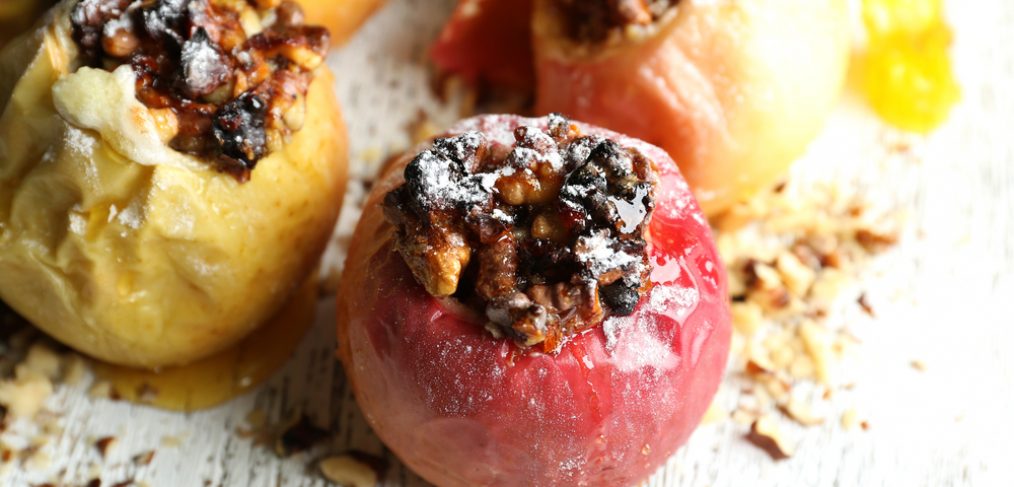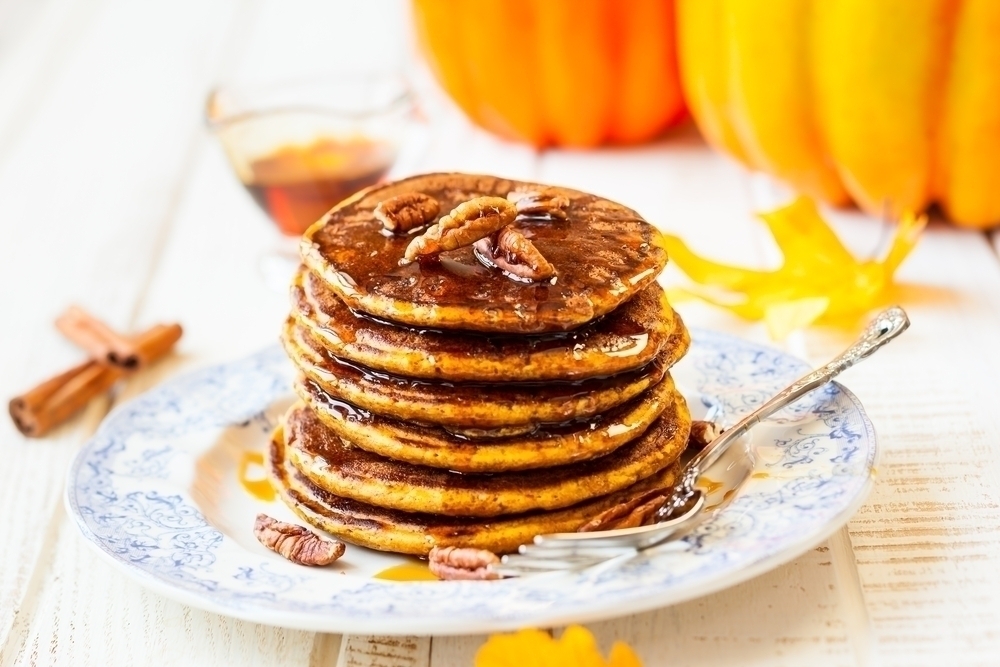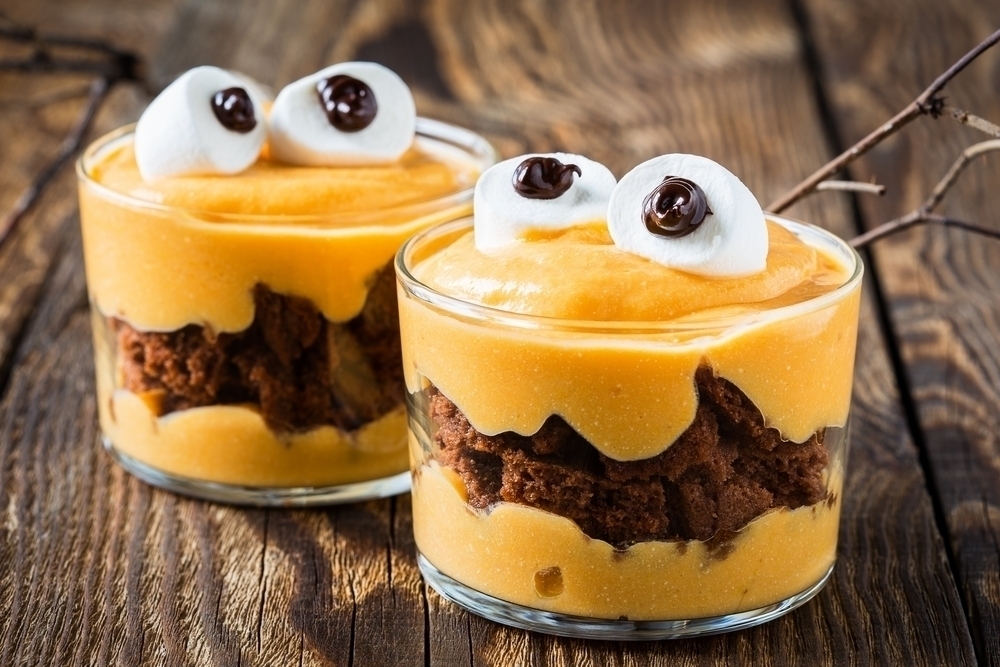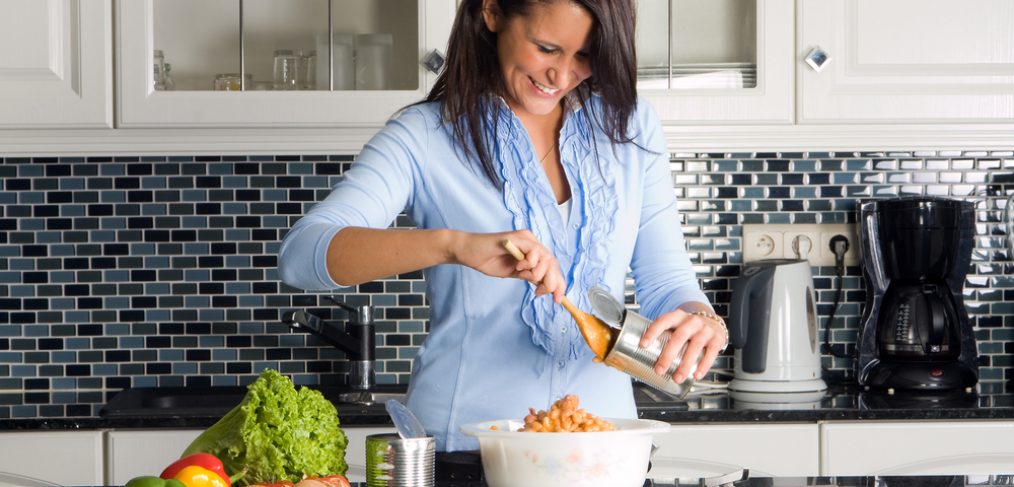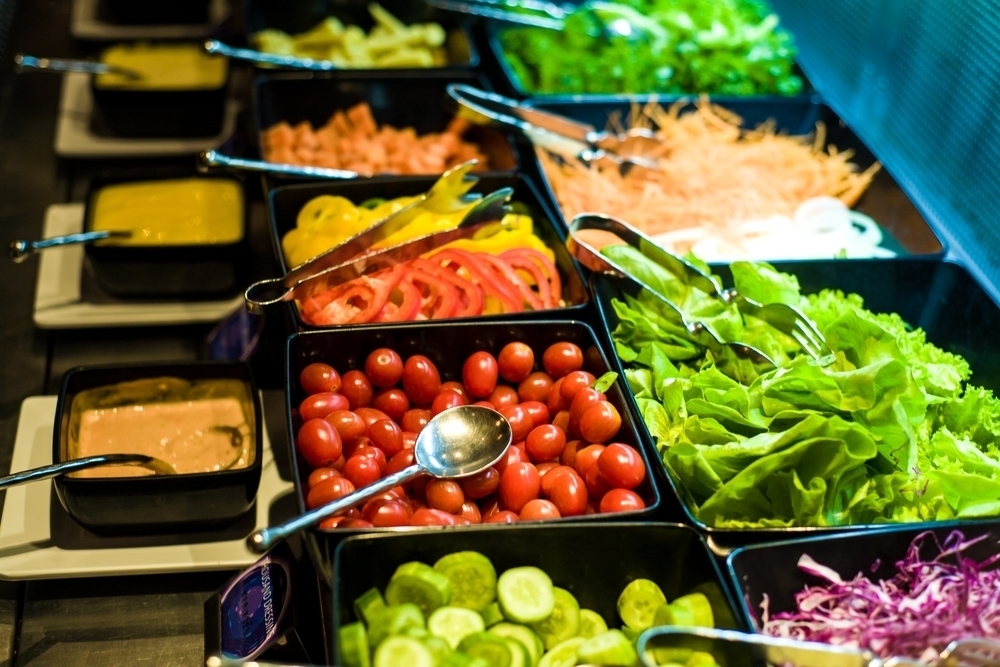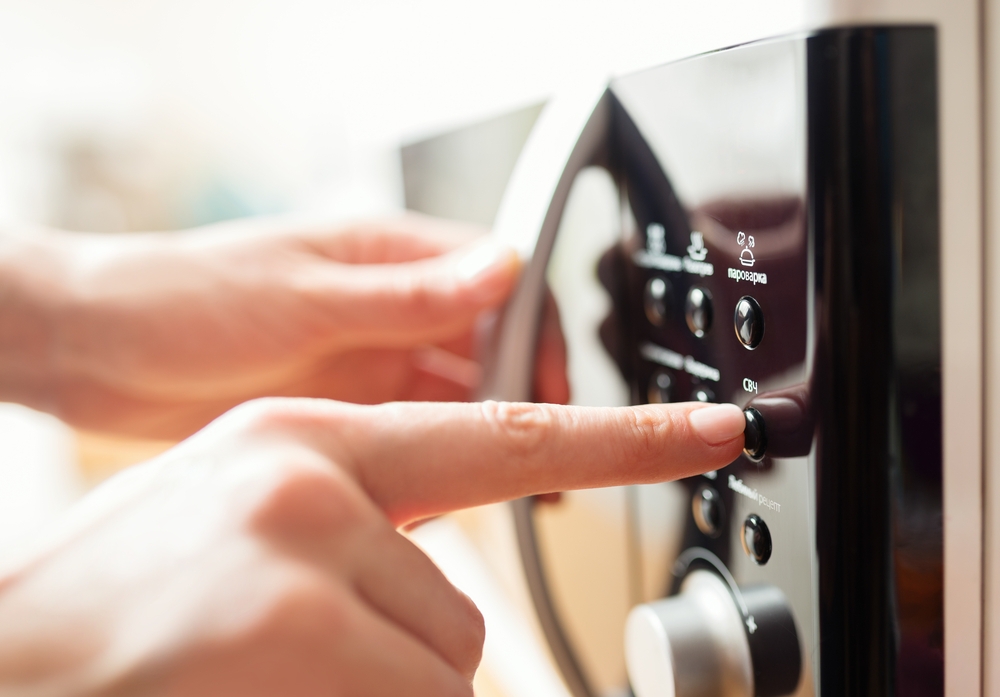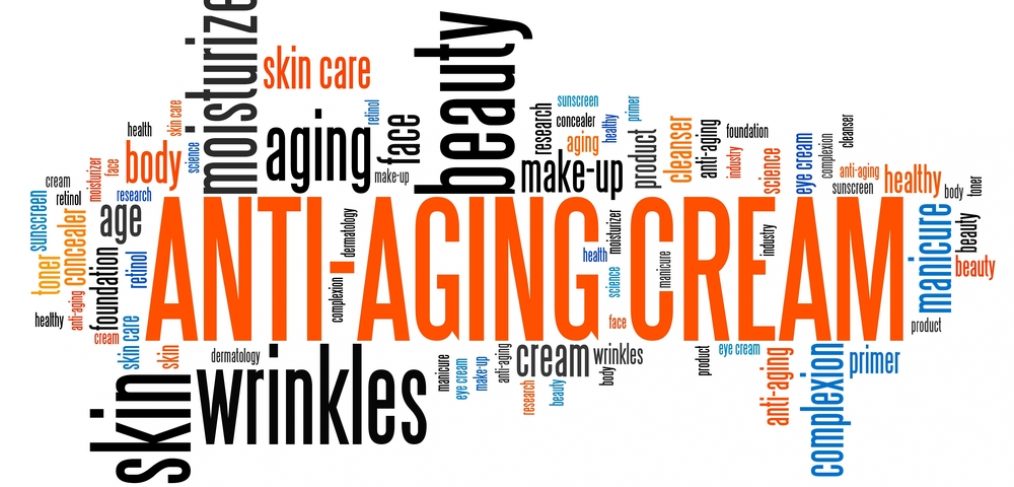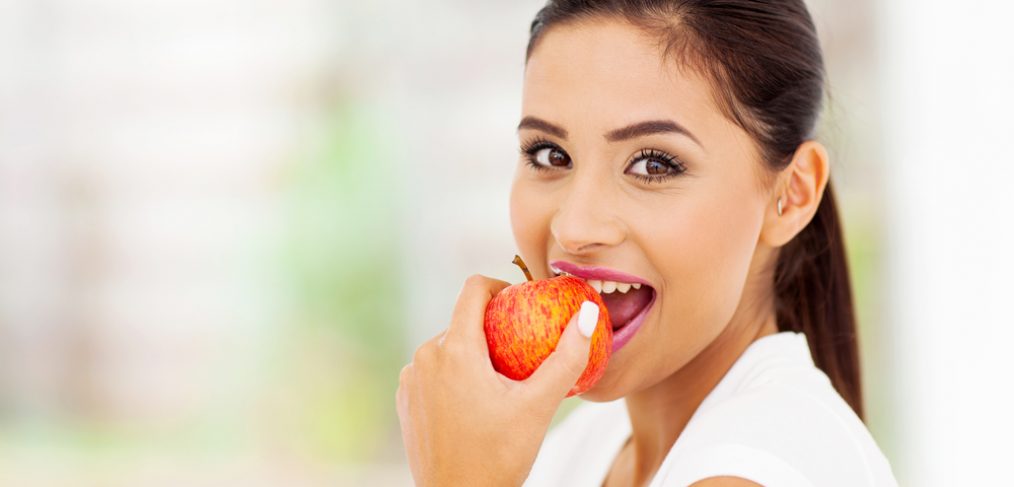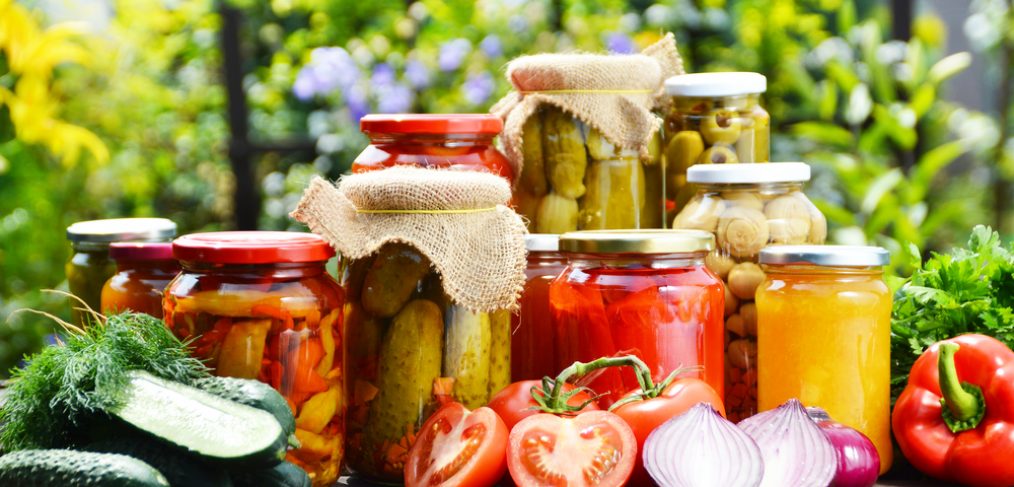An apple a day keeps the doctor away, or so the saying goes. Apples are a healthy, delicious and versatile fruit that is absolutely perfect during the fall. Apple slices make a great snack, but there are so many interesting apple dishes you can make. All of the fall apple recipes here can be made using any type of apple depending upon the flavor you want to achieve. A Granny Smith apple will give you a tasty and tart flavor to your meal while a Jazz apple lends hints of citrus fruits. Experiment with different apples to find your perfect fall apple recipe.

Fruit and Curry Chicken Salad
Ingredients:
- 4 skinless, boneless chicken breast cooked
- 1 stalk celery diced
- 4 green onions sliced
- 1 apple cored and diced
- ⅓ cup golden raisins
- ⅓ cup seedless grapes halved
- ⅛ teaspoon black pepper
- ½ teaspoon curry powder
- ¾ cup mayonnaise
Shred (or dice) chicken breast. In a large bowl, combine remaining ingredients. Mix thoroughly.
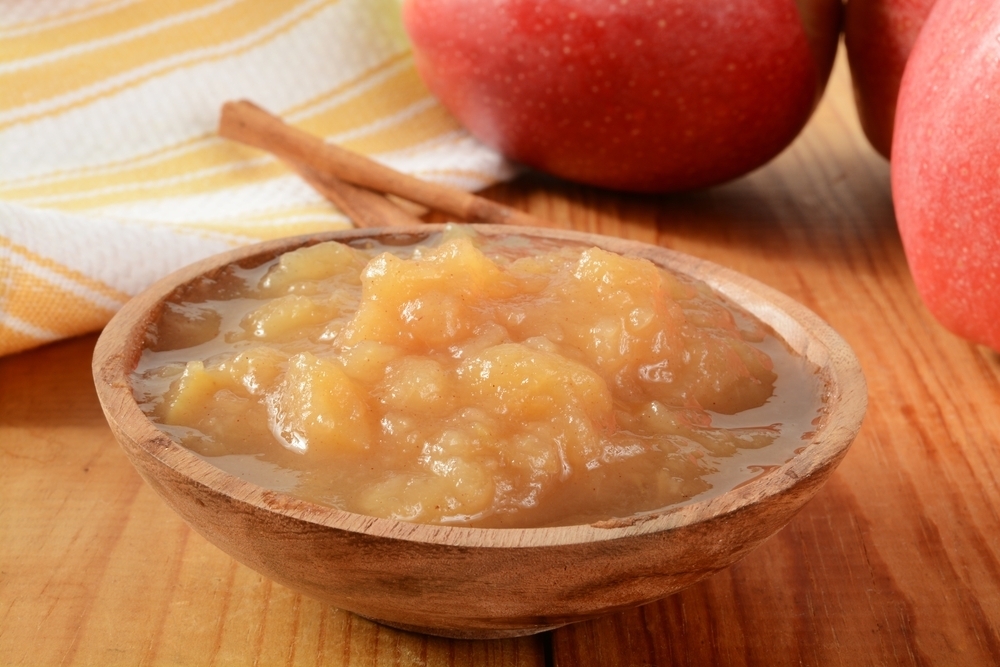
Homemade Applesauce
Ingredients:
- 4 apples cored and chopped
- ¾ cup water
- ¼ cup white sugar
- ½ teaspoon ground cinnamon
Combine all ingredients in a saucepan and cover. Cook over medium heat until apples are soft, about 15 to 20 minutes. Allow the mixture to cool, then mash together.
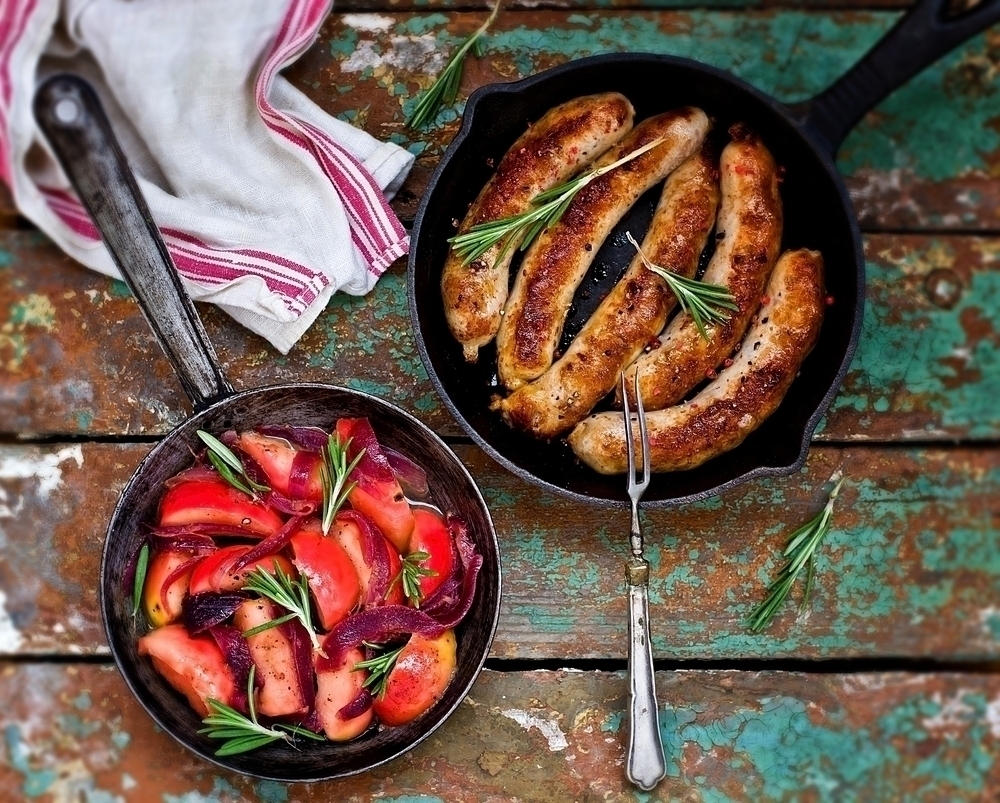
Apple Cranberry Sausage Stuffing
Ingredients:
- 1 ½ cups cubed whole wheat bread
- 3 ¾ cubed white bread
- 1 pound ground turkey sausage
- 1 cup chopped onion
- ¾ cup chopped celery
- 2 teaspoons dried sage
- ½ teaspoon dried thyme
- 1 apple cored and chopped
- ¾ cup cranberries
- 1 ¾ cup turkey stock
- 4 tablespoons unsalted butter melted
Preheat oven to 350 degree F. On a large baking sheet, spread the white and whole wheat bread cubes in a single layer. Bake for five to seven minutes, until evenly toasted, in preheated oven. Remove from oven and transfer cubes to a large bowl. Cook sausage and onions over medium heat. Add celery, sage, rosemary and thyme and cook for several minutes to blend all flavors. Pour sausage and onion mixture on top of bread cubes. Add chopped apple and cranberries to the bowl and mix. Drizzle turkey stock and melted butter over the baking sheet. Cover with foil and bake for 30 to 45 minutes. Remove foil and cooked uncovered for another 10 to 15 minutes.
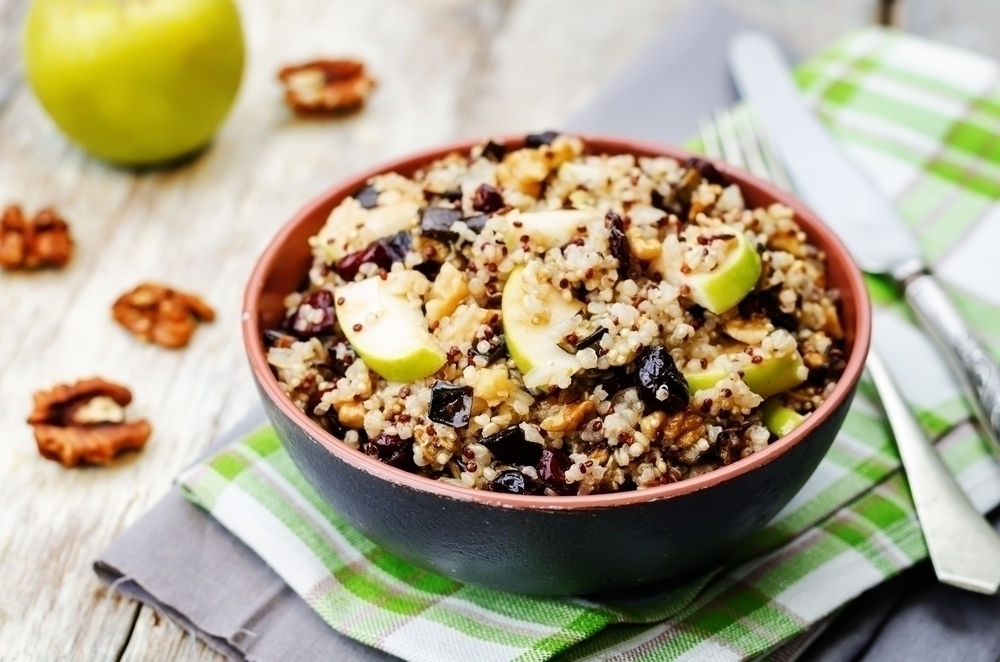
Apple Pecan Quinoa Salad
Ingredients:
- 1 ½ chicken broth
- 1 cup quinoa rinsed
- 3 tablespoons olive oil
- 1 ½ tablespoons Dijon mustard
- 1 teaspoon maple syrup
- ¼ teaspoon ground cinnamon
- 1 large apple chopped into small pieces
- 1 cup pecan pieces
Add chicken broth and quinoa and bring to a boil. Reduce heat to low, cover the saucepan and allow to cook until all broth is absorbed, about 10 to 15 minutes. Remove from heat and fluff with a fork. In a bowl, whisk together olive oil, Dijon mustard, maple syrup and ground cinnamon. Add salt and pepper to taste if desired. Drizzle sauce over the quinoa and stir. Add apple and pecan pieces and cover saucepan. Allow the mixture to steam together until apples are slightly softened, about five to 10 minutes depending on your preferences.
Everybody loves a fresh apple pie or a warm apple crisp, but these recipes give you unique ideas on how to use fall’s favorite fruit. Relax and enjoy a cozy autumn night with a plate of baked chicken and apple stuffing or enjoy the quinoa salad for lunch on a crisp fall day. Try different apples, fresh herbs or other spices to customize these recipes to your palate. Relax



